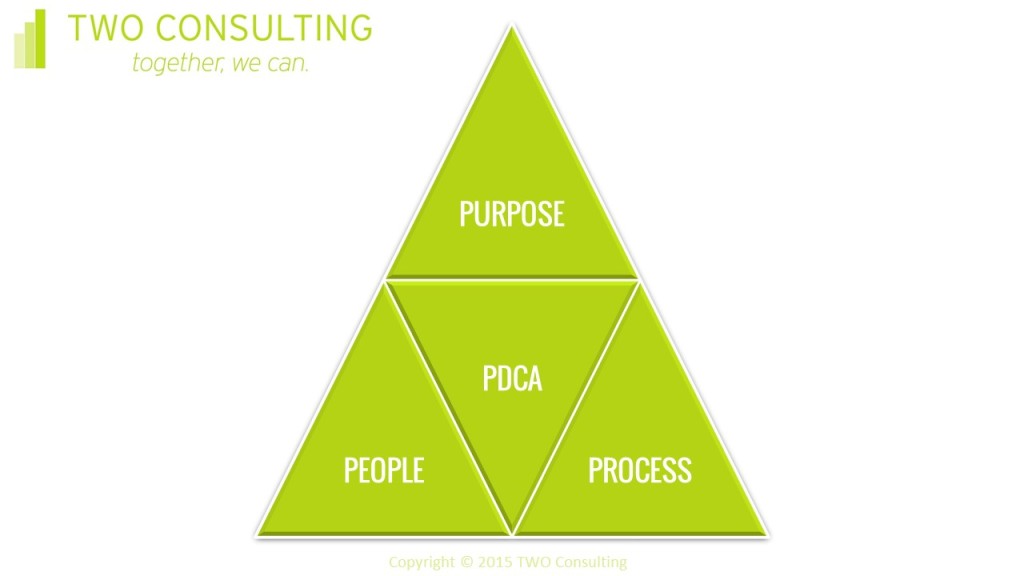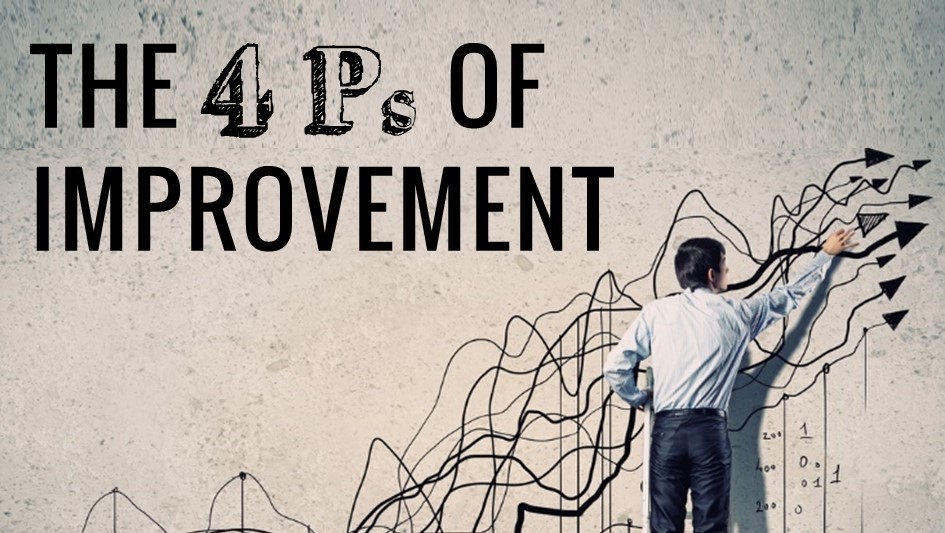YOUR BUSINESS IS FAILING.
(AND THAT’S GREAT!)
Well, maybe FAILING is too strong a word so instead let’s say your business “isn’t perfect”.
But… why is that GREAT?
The simple truth is that a business that can recognise their imperfections – and make it their obligation to continually improve – outperforms those businesses that can’t, won’t or don’t.
What’s GREAT is that every business and its leadership can make a choice on how it approaches this.
The word “problem” can have a negative connotation amongst many organisations but in reality, problems are just opportunities in disguise.
Bringing opportunities to the surface and acting on them to improve goes well beyond the timely application of initiatives, methodologies & tools.
Foundations have to be laid before the structure can be built.
A successful improvement journey for any business must begin (& continue) with answering two questions:
WHERE DO YOU WANT TO BE?
&
WHERE ARE YOU TODAY?
These questions may seem simple, but understand this – setting your perspective before answering them is crucial.
Stop and think about what your business is working towards right now.
Now ask yourself whether what you’re doing serves your customers’ needs or your own?
But wait a minute, aren’t my needs important?
Of course they are – as long as they’re connected with those of your customers.
Whether it’s at the top of your list or not, what you’re competing on daily is the creation and delivery of VALUE (what your customers really want & how they want it).
Those who compete best at this are the world-class performers we spoke about earlier.
This is why you can’t stand still and must improve.
So, once VALUE from your customers’ perspective is defined, then, and only then, is it time to ask WHERE DO YOU WANT TO BE & WHERE ARE YOU TODAY.
THE 4 Ps OF IMPROVEMENT
Closing the gap between where you are now and delivering the best possible VALUE for your customers becomes the ultimate (and perpetual) challenge.
Whether the problems – sorry, opportunities are internal, across your supply chain, or elsewhere, your ability to influence THE 4 Ps OF IMPROVEMENT will largely determine your organisation’s success.

PURPOSE
Is it possible to align an organisation to strive for a common purpose?
Yes, of course it is.
The question is then whether there is a great enough understanding of your organisation’s culture and operating environment to allow the leadership group to appropriately define and communicate the business’ PURPOSE.
The PURPOSE or vision, should inspire, guide and motivate. It also needs to be simply understood by all who are needed to strive for it.
Lastly, it needs to be communicated – clearly, wholly and in context with the roles that each level of the organisation is playing to achieve it.
PEOPLE
They’re the only appreciating asset in your business.
Sustainable improvement only occurs when it is made through PEOPLE – not directed to them.
When PEOPLE are supported, invested in & involved – they are significantly more likely to believe in the PURPOSE.
With roles defined and clearly understood across the horizontal business value chain, they can act on the PURPOSE collaboratively both upstream and down.
The leadership group needs to enable their PEOPLE with any resource needed to take on the opportunities and bridge the gap from where you are to where you are going.
And in a culture of improvement, serving your team to allow them to continually create and deliver better value for the customer is the essence of Leadership’s role.
PROCESS
How you do what you do for your customers determines the difference between delighting them and depressing them.
A successful end-to-end business PROCESS needs to produce the product or service specified by the customer without waste, in a repeatable and reliable way.
PROCESS standardisation is critical. Without standards, there can be no improvement.
Really, having them is the only way that you can be sure that you’ve made an improvement once an attempt is made.
An understanding across the business that PROCESS standards exist to be improved upon, not to stifle creative thought and problem solving is important.
VALUE needs to flow horizontally through the PROCESS and be unburdened by hierarchy or “silo mentality” which seems to naturally occur when organisations are lacking PURPOSE.
This flow requires interconnectivity – first to the customer, but then to each step within the business to signal action at the right time so that resource isn’t spent unnecessarily or prematurely.
Instead, we want to create VALUE just in time.
PDCA
At the core of our 4 Ps is Plan Do Check Act.
PDCA is a repetitive process of improvement through challenging the status-quo, problem solving, standardisation and embedding of further knowledge towards a desired state – or a PURPOSE.
The goal of every PDCA cycle is to eliminate a gap (the problem).
Your current standard, written or somewhere deep down in the business’ tribal knowledge, has to be raised to a level of performance reflecting what you really want to be doing.
Your PLAN needs to define what success looks like, determine what is going to change to deliver a different outcome and how you’re going to do that – firstly on a small scale.
Then you have to DO your plan and CHECK the effects of your changes. Sometimes, you even need observe whether the plan was carried out the way it was intended.
Finally, you need to ACT by deciding what changes need to be kept then standardised and whether the improvements need to be expanded across a wider part of the business.
If you haven’t fully bridged the gap, you follow another PDCA cycle.
APPLYING THE 4 Ps
My challenge for you:
Next time you go to where the value is being created in your business, try asking your PEOPLE how something they’re working on should be as compared to what the customer really wants.
Once you have an answer and an insight into the gap, respectfully, bring attention to the business’ PURPOSE. Then leave them to think about it.
After an appropriate time, return and ask them about whatever it was they were working on and whether they’ve had any thoughts since the last discussion.
What do you think this might do?
Well, you have just raised an opportunity for improvement that your PEOPLE can own and that you can then guide them through to its resolution.
This is a simple by effective test for instant feedback on where your organisation is at in its ability to improve from the bottom up.
A warning however – this challenge has a caution label:
Be prepared as a leader to support the momentum of improvement you will create because if you’re not, you might not get the momentum going again…
WHY NOT TELL US ABOUT YOUR CHALLENGES IN BALANCING YOUR BUSINESS’ 4 PS ALONG YOUR IMPROVEMENT JOURNEY?

